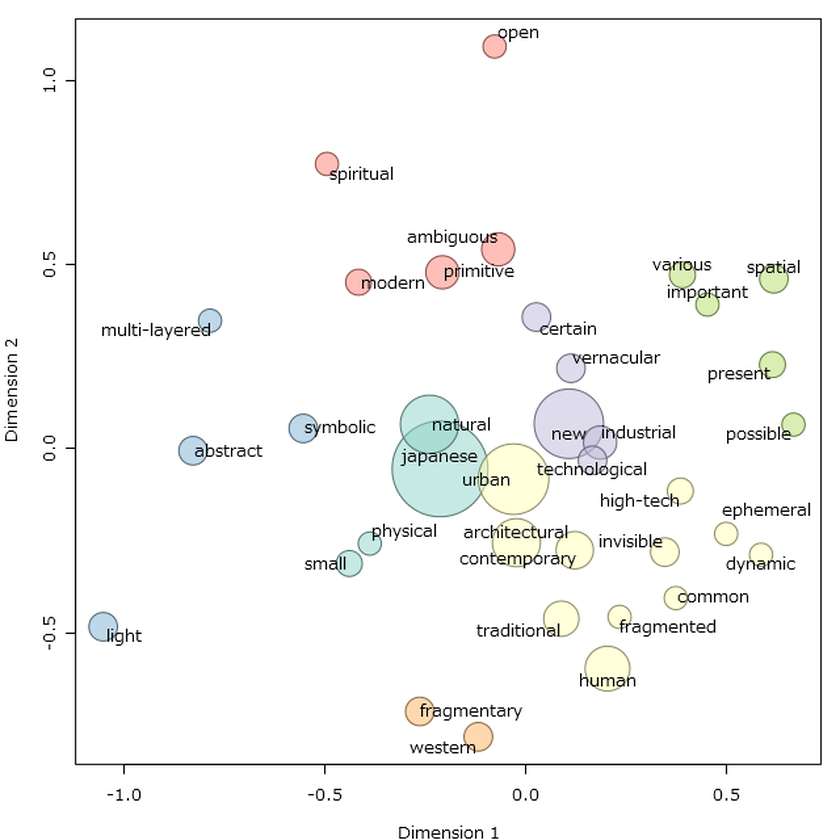Idea by
Nikola Nikolovski
Call for ideas 2019
Constructing Japan-ness
Constructing Japan-ness
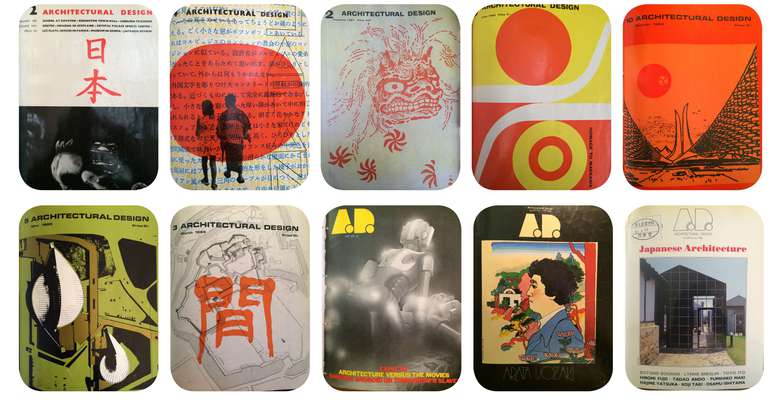
- Systemic changes
A diverse group of Japanese architects with different design philosophies create the notion of Japanese architecture as a monolithic and well-established architectural discourse. This study examines how, in an era of globalized architectural language, these architects were able and continue to sustain their Japanese “distinction” and national character. They manage to break the Eurocentrism in architecture and, in some periods, provide the sole alternative to the West. The project examines the history of establishing the contemporary Japanese discourse and traces its narrative through architectural periodicals as the most important media used by architects to communicate their ideas in the 20th century. Following several European magazines the research traces the changes in representation and contextualization of Japanese architecture for the European audience and examines the construction of Japan-ness in architecture. What does Japan-ness in architecture mean and how is it sustained?
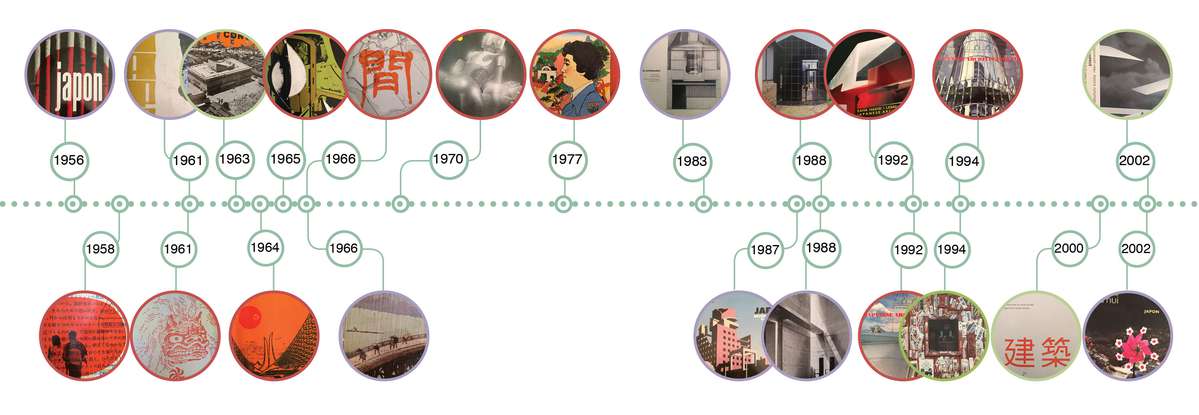
Architectural Design + Casabella + l'Architecture d'Aujourd'hui: 20 special issues presenting Japanese architecture and 2 issues dedicated Japanese architects (Arata Isozaki and Tadao Ando)
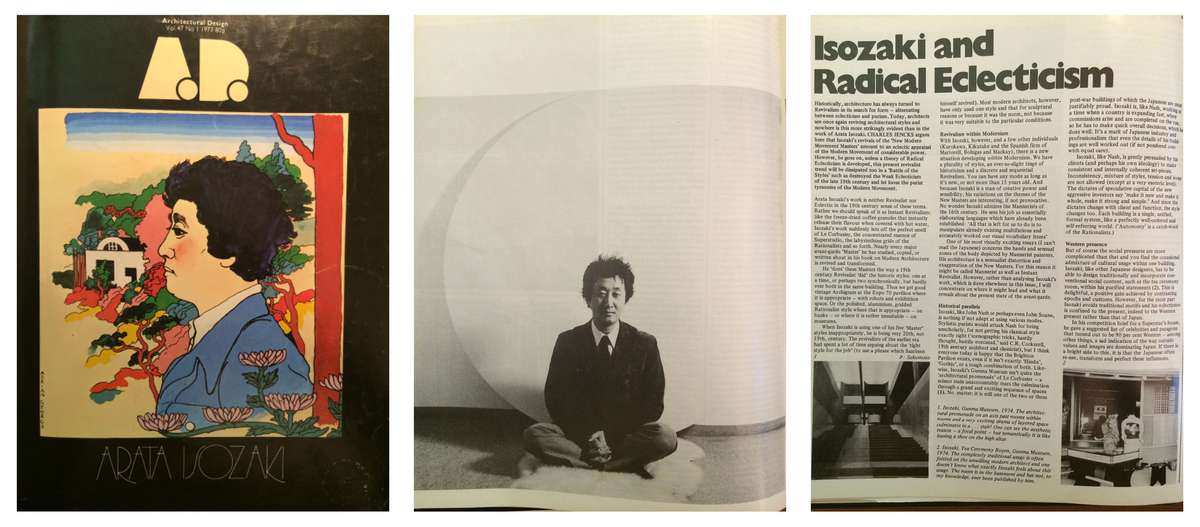
January 1970, Architectural Design - issue dedicated to Arata Isozaki

Architectural Design + Casabella + l'Architecture d'Aujourd'hui: articles published from 1955 to 2005
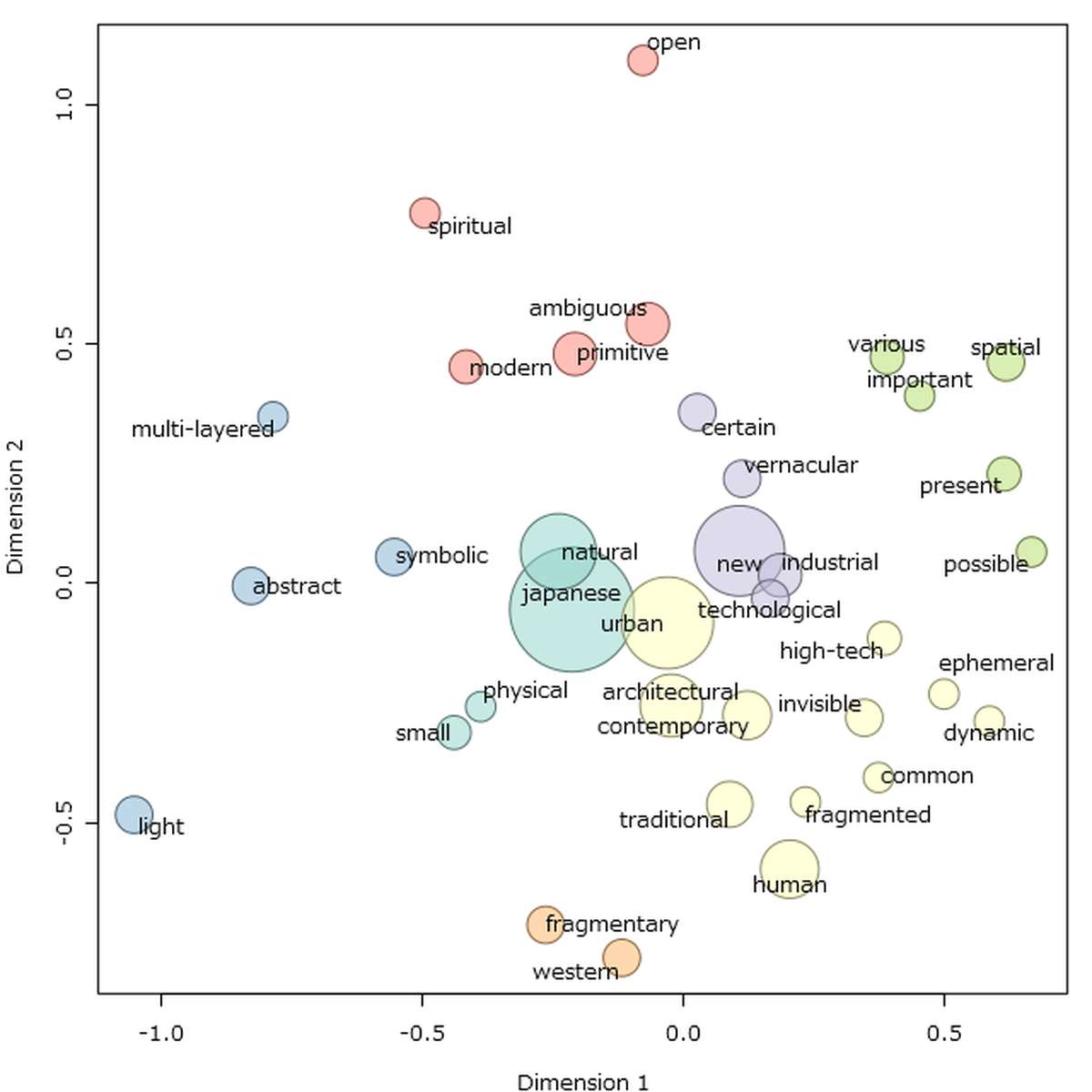
Constructing Japan-ness
Constructing Japan-ness

- Systemic changes
A diverse group of Japanese architects with different design philosophies create the notion of Japanese architecture as a monolithic and well-established architectural discourse. This study examines how, in an era of globalized architectural language, these architects were able and continue to sustain their Japanese “distinction” and national character. They manage to break the Eurocentrism in architecture and, in some periods, provide the sole alternative to the West. The project examines the history of establishing the contemporary Japanese discourse and traces its narrative through architectural periodicals as the most important media used by architects to communicate their ideas in the 20th century. Following several European magazines the research traces the changes in representation and contextualization of Japanese architecture for the European audience and examines the construction of Japan-ness in architecture. What does Japan-ness in architecture mean and how is it sustained?
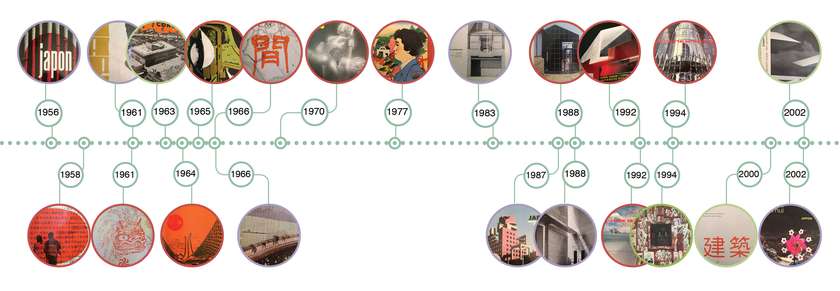
Architectural Design + Casabella + l'Architecture d'Aujourd'hui: 20 special issues presenting Japanese architecture and 2 issues dedicated Japanese architects (Arata Isozaki and Tadao Ando)
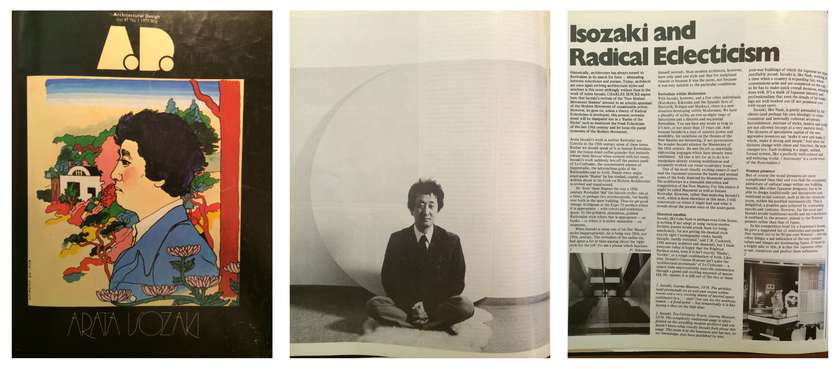
January 1970, Architectural Design - issue dedicated to Arata Isozaki
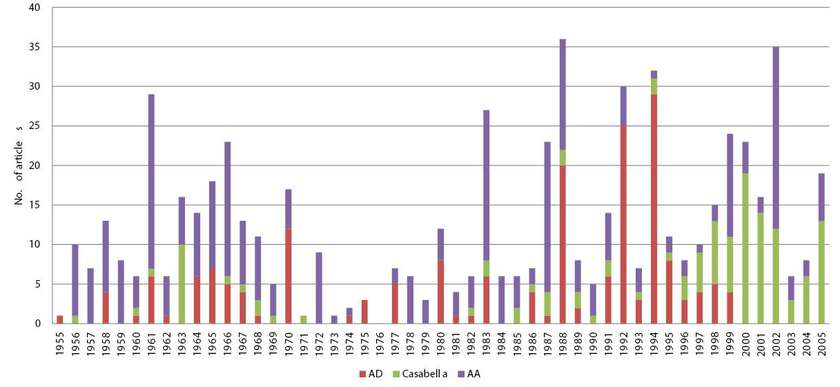
Architectural Design + Casabella + l'Architecture d'Aujourd'hui: articles published from 1955 to 2005
